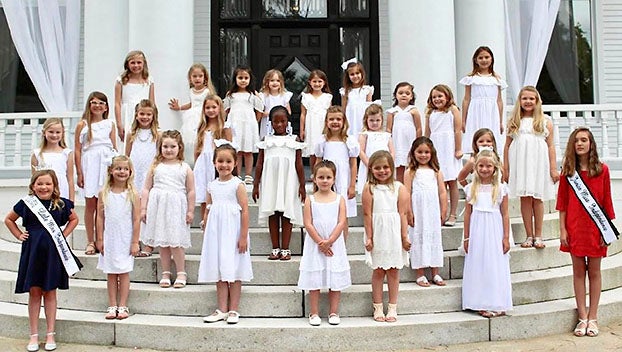Signs of elder abuse and how to spot it
Published 3:38 pm Tuesday, December 31, 2019
When thinking about domestic violence, the image of a young family often comes to mind. But, the truth is, abuse can happen at any age.
Just like other kinds of abuse, elder abuse can take many different forms:
- Physical: Inflicting pain or injury through such actions as slapping, hitting, bruising or restraining. Physical abuse can also be inflicted through medication tampering— giving too much or withholding medication.
- Sexual: Any nonconsensual sexual contact, whether comprehended or not.
- Emotional: Inflicting mental anguish or distress through verbal or nonverbal acts such as threatening, intimidating or humiliating.
- Neglect: Failure to provide food, clothing, shelter, healthcare or protection.
- Financial: Illegal use, misuse or concealment of funds, property, assets or benefits for someone else’s gain.
- Abandonment: Desertion of a vulnerable adult.
It’s difficult to know how prevalent elder abuse is because it frequently goes unreported. The World Health Organization says anywhere between 1 and 10 percent of seniors are affected. According to the National Council for Aging Care, only 1 in 24 cases are actually reported. This means even on the low end we’re talking about hundreds of thousands of American and Canadian seniors being abused each year.
Because not all seniors are able to communicate incidents of abuse, it’s important that those close to them watch for warning signs. Here are five to look for from the Administration for Community Living:
- Unexplained bruises, marks, broken bones or abrasions that could be indicative of physical abuse or any bruises or injuries to the breasts or genitalia
- Withdrawal from previously enjoyed activities, sudden change in alertness or unusual depression
- Sudden changes in financial situation
- Poor hygiene, bedsores, unusual weight loss or unattended medical needs
- Belittling, threats or frequent arguments between patient and caregiver.





